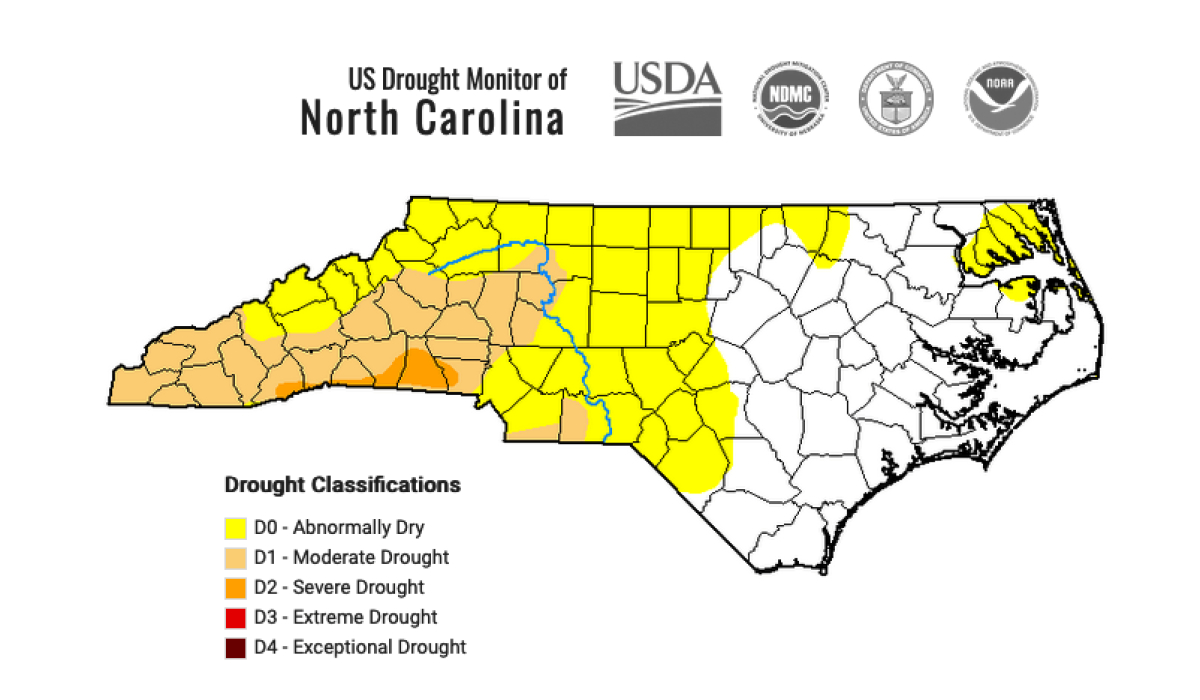Severe drought arrives in the mountains

Much of the western region is now in drought, with severe drought entering the state for the first time since November 2022. This is now the third consecutive fall in which parts of Western North Carolina have reached the “severe drought” designation.
According to the most recent drought map from the N.C. Drought Management Advisory Council, released Oct. 26 based on data gathered through Oct. 24, 70 of North Carolina’s 100 counties are in drought or abnormally dry.
The four counties in severe drought are Transylvania, Rutherford, Polk and Cleveland counties. The 23 counties in moderate drought include Haywood, Jackson, Macon, Swain, Cherokee, Clay, Graham, Buncombe and Henderson. The only counties not experiencing dry conditions are in the eastern part of the state, where two tropical storms kept the area wetter than usual over the past two months — though even here soils and ditches are drying out with little rain falling in October.
According to National Weather Service data, Waynesville has received only 1.37 inches of rain in October, well below the normal level of 2.55 inches. Cullowhee has been even drier, logging 0.99 inches compared to the normal 2.71 inches. Things are dry atop the plateau as well, with Highlands totaling 1.15 inches of rain this month, more than 4 inches below the normal 5.48 inches. The forecast remains dry, with no significant rain predicted over the next week.





